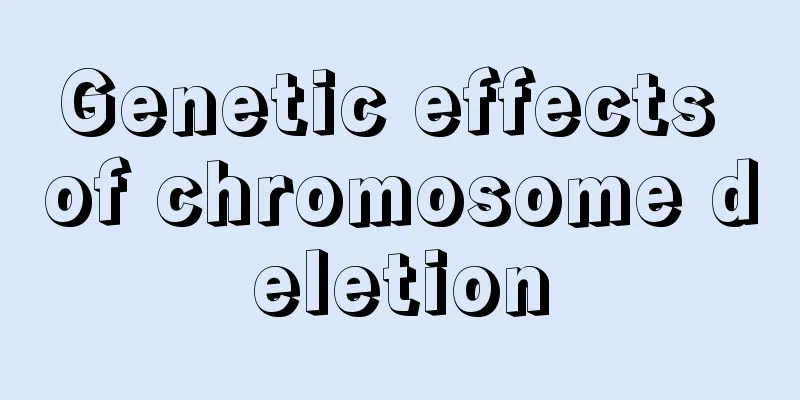Histological classification of nasopharyngeal carcinoma

|
Clinically, nasopharyngeal carcinoma can be observed with the naked eye in four forms: nodular, cauliflower, invasive and ulcerative. However, the histological classification of nasopharyngeal carcinoma is not so intuitive. The vast majority of nasopharyngeal carcinomas originate from the reserve cells of the columnar epithelium of the nasopharyngeal mucosa. The reserve cells are primitive multipotent cells that can differentiate into columnar epithelium or squamous epithelium. 1. Adenocarcinoma Most of them come from the columnar epithelium of the mucosa. Well-differentiated adenocarcinoma is extremely rare, and the cancer cells are arranged in alveolar or glandular cavity-like structures. Poorly differentiated adenocarcinoma cancer cells are arranged in irregular cords or sheets, occasionally with glandular cavity-like structures or a tendency to form glandular cavities. 2. Squamous cell carcinoma In well-differentiated squamous cell carcinoma, the cancer nests are clearly stratified, and a large number of keratinized beads can be seen. In poorly differentiated squamous cell carcinoma, there is often no keratinization, and the cancer cells form cancer nests of varying sizes and irregular shapes, with no obvious stratification of cancer cells. The cancer cells are polygonal or oval, with abundant cytoplasm and clear boundaries. In a few cancer cells, intercellular bridges can be seen. Poorly differentiated squamous cell carcinoma is common. 3. Undifferentiated carcinoma There are two main subtypes. One is called vesicular nuclear cell carcinoma or large round cell carcinoma, formerly known as lymphoepithelial carcinoma. The cancer nests vary in size and shape, and the boundary with the stroma is not very clear. The cancer cells are large in size, with rich cytoplasm, unclear cell boundaries, large vacuolated nuclei, round or oval nuclei, clear nuclear membranes, and 1 to 2 large nucleoli. Lymphocyte infiltration is common among cancer cells. The other type is characterized by smaller cancer cells, less cytoplasm, and round or short spindle shapes. Cancer cells are diffusely distributed, and there is no obvious cancer nest formation. It is highly malignant. |
<<: Five common early symptoms of nasopharyngeal carcinoma
>>: Early symptoms of colon cancer
Recommend
Traditional Chinese medicine treatment and immunotherapy for lung cancer
Most lung cancers originate from the bronchial mu...
The disadvantages of teeth killing nerves
Teeth play an irreplaceable role in people's ...
What are the symptoms of talar necrosis?
Talus necrosis is a common disease, mainly caused...
Skin cancer can manifest differently in different types
Skin cancer can have different manifestations in ...
What are the benefits of cooking rice with soy milk
Cooking rice with soy milk can effectively supple...
What are the humoral immune cell immunity examination items?
For parents with children, the biggest fear is th...
Will testicular cancer metastasize? What are the early symptoms of testicular cancer?
Testicular cancer is a malignant tumor that can m...
Causes of cervical cancer
Studies have shown that cervical cancer is closel...
What foods can reduce internal heat?
Nowadays, everyone prefers to eat spicy food, suc...
Drinking tea to treat postoperative constipation in patients with colon cancer
After surgery, colon cancer patients have gastroi...
Causes and relief methods of back and spine bone pain
Changes in modern people's lifestyles have af...
What are the medicinal values of mica
Mica has a wide range of uses. In industry, mica ...
What are the nursing and diagnostic criteria for anxiety
Nowadays, many people often find everything they ...
What is the cause of dental cyst
Dental cysts are often caused by cystic degenerat...
What are the symptoms of third degree simple goiter
Thyroid enlargement is still a serious threat to ...









